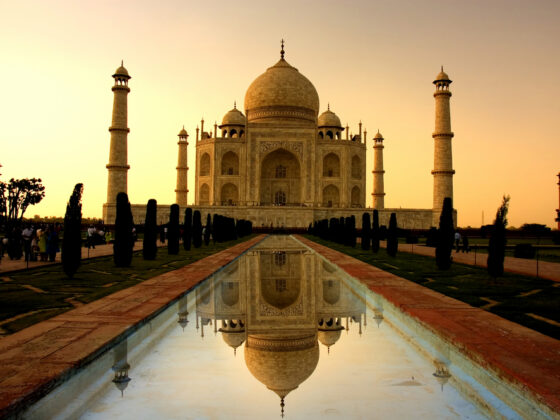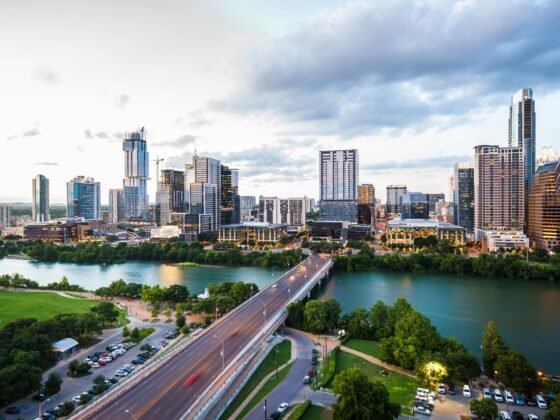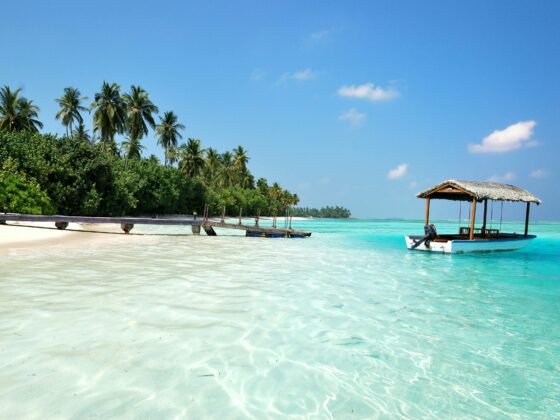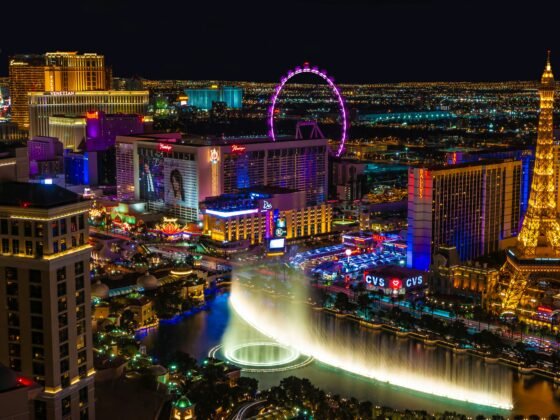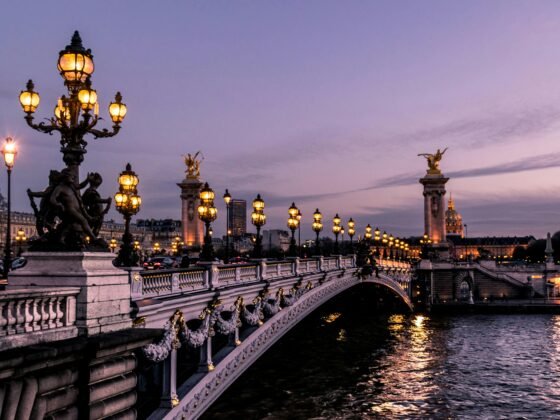The National Gallery Prague, also known as NGP since 2018, is a state organisation managing the largest collection of fine arts in the Czech Republic. This gallery originated from a privately initiated art gallery that began publicly displaying originally loaned paintings at the end of the 18th century. It acquired its current form in the first half of the 20th century. The artworks from its collections are exhibited in permanent exhibitions and organised exhibitions in several buildings in and outside Prague, all of which are significant cultural monuments.
The Roots of the National Gallery
The oldest predecessor of the National Gallery is the Picture Gallery of the Society of Patriotic Friends of the Arts, which began as one of the main activities of the Society after its founding on 5 February 1796. A group of significant representatives of the patriotically minded Bohemian nobility and a few scholars from the ranks of the enlightened bourgeoisie decided to elevate the artistic taste of the Czech public.
Development and Mergers
Another significant institution was the Modern Gallery of the Kingdom of Bohemia, which emerged in 1902 from a private donation dedicated by Emperor Franz Joseph I. The merger of both institutions into one state gallery was a lengthy process, completed in the mid-20th century.
Post-War Period and Collection Growth
After World War II, the National Gallery had to deal with the growth of its collections, including art confiscations first conducted by the Nazis and then by the communist government. Part of these collections was restituted in 1968–1969 and after 1989. More significant were the acquisitions from its own purchases and donations, especially the bequest of the collection of Vincenc Kramář in 1959.
Mission and Educational Work of the National Gallery Prague
The National Gallery Prague serves not only as a custodian of art-historical treasures but also as a research and educational institution.
Research and Education
As a research organisation, the main purpose of the National Gallery is to conduct basic and applied research and experimental development and to disseminate their results through scientific publications, exhibitions, educational programmes, and, where applicable, technology transfer.
Educational Programmes and Public Accessibility
Through a wide range of educational programmes, the National Gallery strives to bring art closer to a wide audience. These include guided tours, lectures, debates, and workshops led by a professional team of educators.
Exhibition Venues and Collections
The National Gallery Prague manages extensive collections housed in various historic buildings in and outside Prague.
The Collections
From medieval art through masterpieces of the 16th to 18th centuries to modern and contemporary art, the National Gallery hosts a variety of artworks and offers a comprehensive overview of Czech and European art history.
The Buildings
Exhibition venues include the Trade Fair Palace, the Schwarzenberg Palace, the Sternberg Palace, the Salm Palace, the Kinský Palace, the Convent of St. Agnes of Bohemia, and the Waldstein Riding School. Each building has its unique character and houses different parts of the collection.
Accommodation at Hotel Golf
If you are looking for comfortable and stylish accommodation during your trip to Prague, Hotel Golf is the right choice. This modern hotel is located in a quiet part of the city. Hotel Golf offers comfortable rooms, top-notch cuisine in its hotel restaurant, and a relaxing wellness centre where you can enjoy a well-deserved rest after a day of exploring. The hotel is easily accessible by public transport, which makes getting around the city convenient. Parking is also available for guests arriving by car.
Photo by Rodrigo Ardilha on Unsplash


